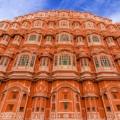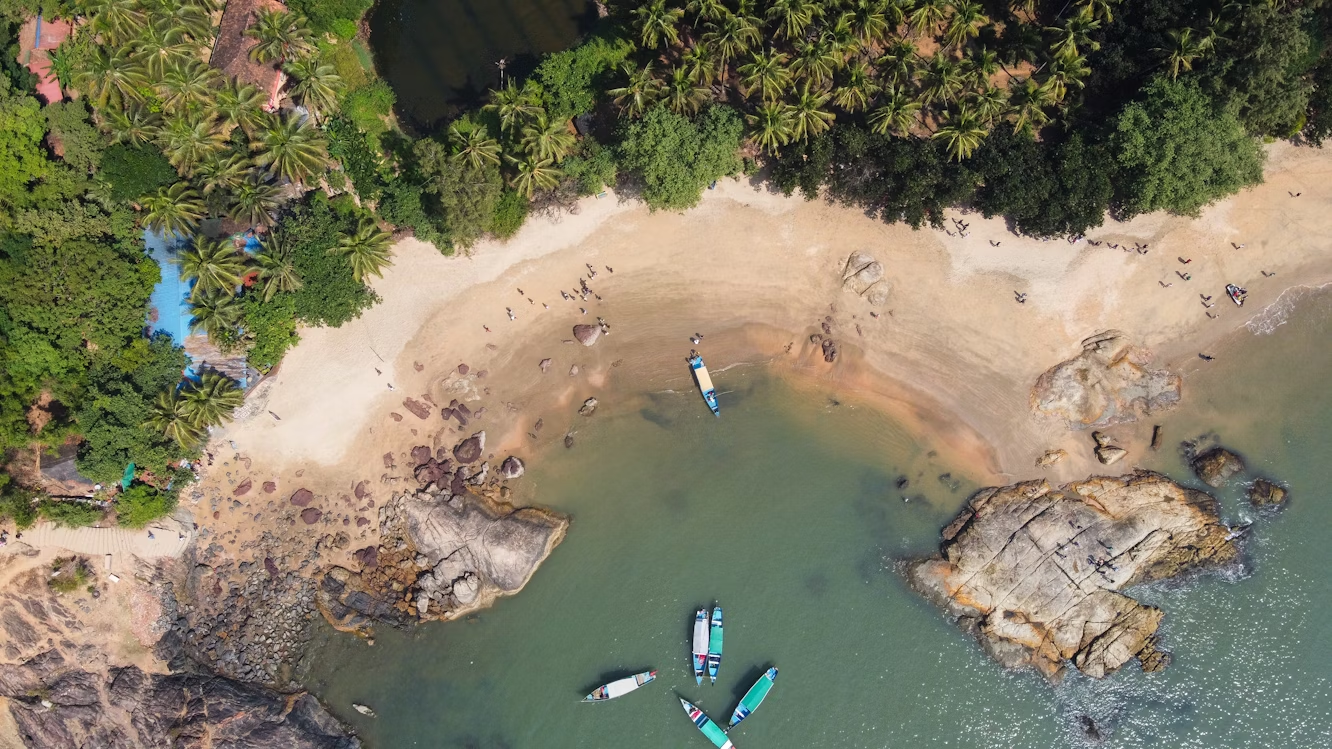Things to Do in Jaipur in Winter 2025: Attractions, Experiences & Where to Stay
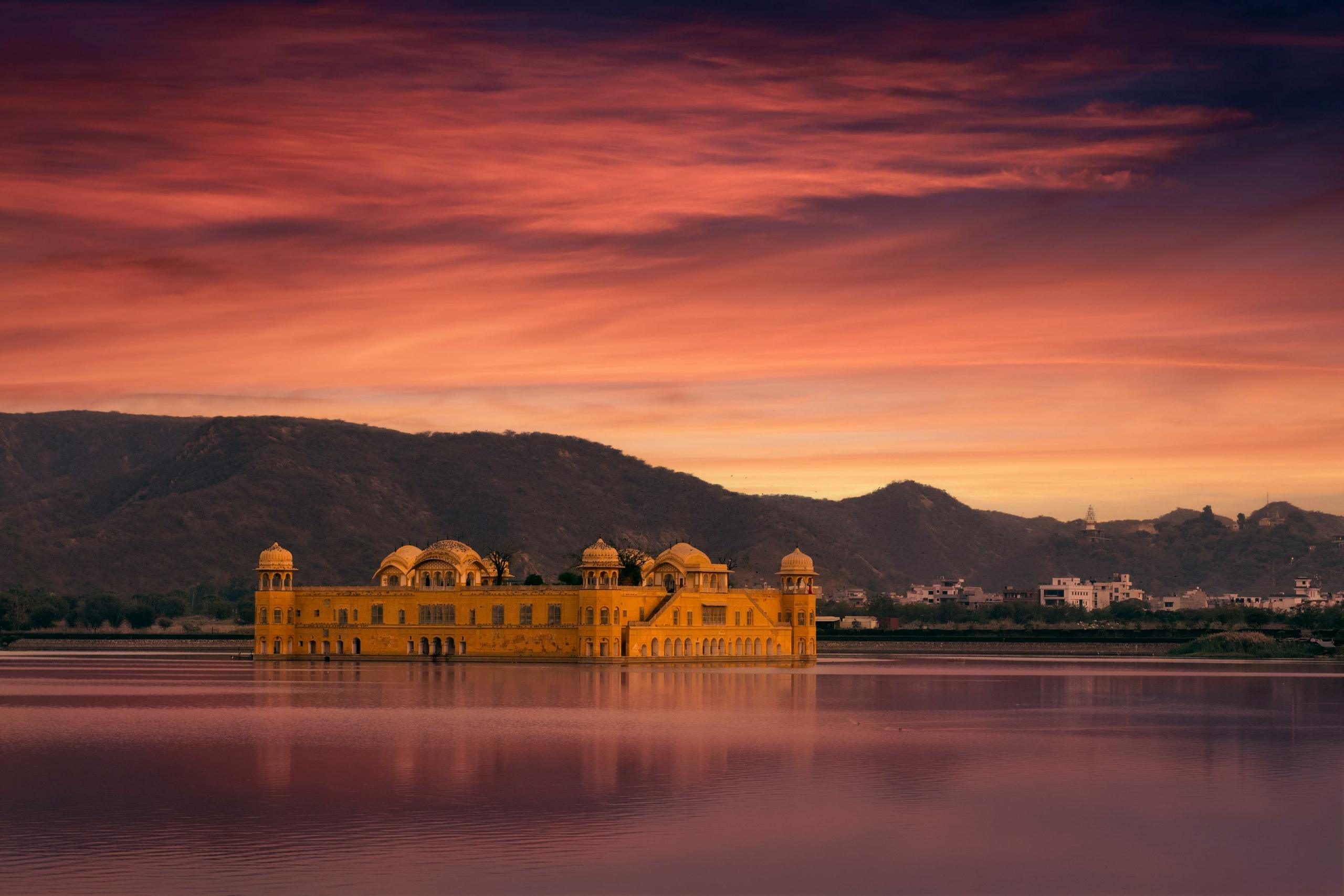
When winter settles over Rajasthan, Jaipur takes on a new charm. The harsh desert heat gives way to cool mornings, sunny afternoons, and crisp evenings, making it the best season to explore the Pink City. Temperatures in December and January range from 8 °C at night to around 24 °C in the day — ideal for walking through palaces, enjoying rooftop views, and lingering at forts without rushing for shade. For travellers wondering what are the best things to do in Jaipur in winter, this guide combines heritage, culture, food, shopping, and seasonal experiences, ensuring you don’t miss a single highlight in 2025.
In this Blog
Why Visit Jaipur in Winter 2025?

Winter is the high season for Jaipur tourism, and with good reason. The weather is comfortably cool, skies are usually clear, and the city gears up for a series of festivals and cultural events. The world-famous Jaipur Literature Festival in January draws authors and readers from around the globe, while local fairs showcase handicrafts, textiles, and traditional Rajasthani folk arts.
Unlike summer, when afternoons can be punishing, winter lets you explore from dawn to dusk — whether you’re climbing the ramparts of Amber Fort Jaipur, wandering through bazaars, or sitting outdoors at a café. Even wildlife experiences, such as safaris in Jhalana or a day trip to Ranthambore, are best enjoyed in cooler months. Couples love the romantic feel of lantern-lit rooftops in the cold air, families appreciate the comfortable sightseeing pace, and groups of friends often find winter perfect for mixing history with nightlife.
Simply put, Jaipur in winter 2025 is not just about sightseeing; it’s about celebrating life in Rajasthan’s capital with every sense awake.
Amber Fort
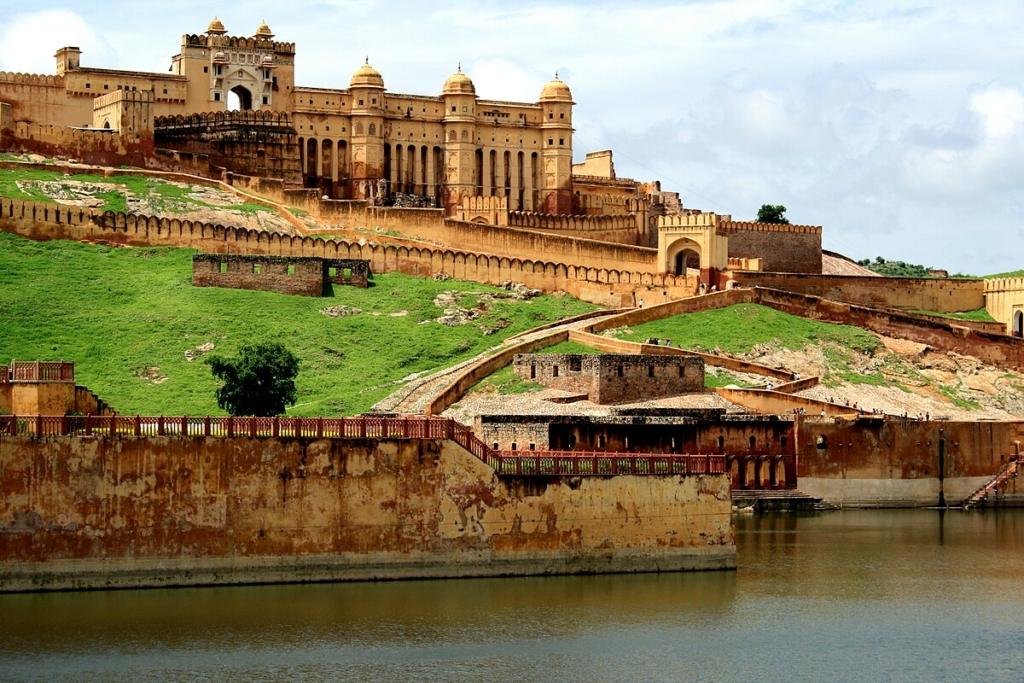
If there’s one site that defines Jaipur’s grandeur, it is Amber Fort (also called Amer Fort), about 11 kilometres from the city centre. Built in the late 16th century by Raja Man Singh, the fort combines Rajput and Mughal architecture with sprawling courtyards, marble halls, intricate mirror mosaics, and frescoes.
Winter mornings are the perfect time to climb or drive up to the fort — the soft sunlight adds a golden glow to the red and yellow sandstone, and the walk up is easier in cool air. The highlight is the Sheesh Mahal (Mirror Palace), where tiny mirrors embedded in the walls glitter even under a candle flame. The fort also houses gardens, pillared halls like Diwan-i-Aam, and private chambers with delicate latticework. Winter evenings are especially special because of the sound and light show, which narrates the fort’s history under the open sky.
For a complete experience, visit Maota Lake at the base, reflecting the fort’s silhouette at sunrise. To avoid queues, buy tickets online and consider hiring a licensed guide who can bring the history alive with stories of battles, royal processions, and hidden passages.
Hawa Mahal
Few landmarks are as striking as the Hawa Mahal Jaipur India, a honeycomb-like façade with 953 small jharokhas (windows) built in 1799 by Maharaja Sawai Pratap Singh. Designed for the royal women of the zenana to observe life in the streets without being seen, this five-storey monument is a fusion of Rajput artistry and Mughal finesse. While most travellers admire it from the outside, the interior is open to visitors — narrow corridors and ramps lead up to small chambers offering views of the bustling Johri Bazaar below.
Inside, interpretive boards explain how the unique ventilation kept the palace cool in summer, though in winter you’ll simply enjoy the panoramic city views. Don’t rush through; take time to soak in how this monument is not just about beauty but about a lifestyle where privacy, spectacle, and innovation met.
In winter, the early morning sun casts a soft pink glow on the façade, making it a photographer’s dream. For the best angle, head to one of the cafés opposite Hawa Mahal, where you can sip masala chai while gazing at this architectural marvel.
Jantar Mantar
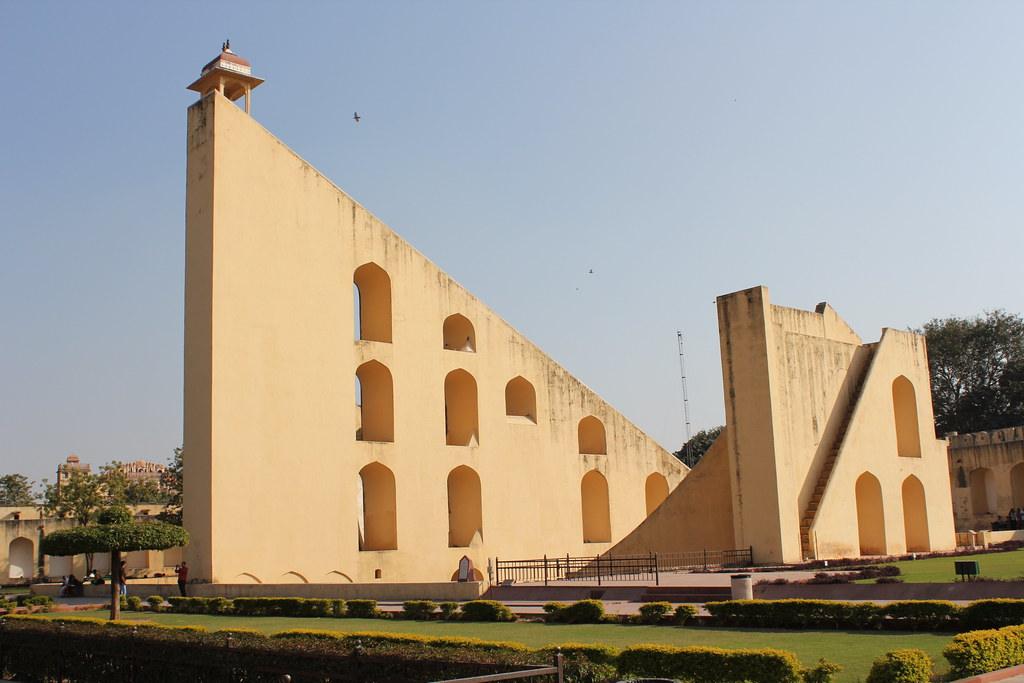
Right next to the City Palace lies Jantar Mantar Jaipur, one of the five astronomical observatories built by Maharaja Sawai Jai Singh II in the 18th century. A UNESCO World Heritage Site, it houses 19 large instruments made of stone and marble, each with a practical purpose — measuring time, tracking constellations, predicting eclipses, or calculating planetary movements. The most impressive is the Samrat Yantra, a giant sundial that can tell the local time with remarkable accuracy.
Winter is the best season to visit, as you can walk comfortably between the massive structures, reading the explanations without rushing. For travellers curious about science and history, a guided tour helps make sense of how advanced these instruments were centuries ago.
City Palace
The City Palace Jaipur is not just a museum; it remains a royal residence even today. Built at the heart of the Pink City, the complex includes courtyards, gardens, and palaces blending Rajasthani and Mughal styles. Winter is the perfect time to explore its expansive grounds without wilting in the heat. Highlights include the Mubarak Mahal, housing textiles and costumes, and the Diwan-i-Khas, with giant silver urns once used to carry Ganga water to England.
The Chandra Mahal is partly open to the public, offering richly decorated rooms and panoramic views over the old city. One of the most photographed features is the Peacock Gate, representing autumn with colourful bird motifs. Visitors in 2025 can also expect rotating exhibitions that showcase royal archives. Because the palace is centrally located, you can pair a visit with nearby attractions like Jantar Mantar and Hawa Mahal, all within walking distance.
Birla Mandir

Unlike the forts and palaces, the Birla Mandir in Jaipur (also known as the Laxmi Narayan Temple) offers a modern spiritual experience. Constructed entirely of white marble in 1988, this temple sits at the base of Moti Dungri Hill and is dedicated to Lord Vishnu and Goddess Lakshmi.
In winter, evenings are especially atmospheric as the temple glows under floodlights against a deep blue sky. The marble carvings depict mythological scenes as well as historical figures like Socrates and Buddha, showcasing a blend of cultural influences. Visitors are welcome to walk barefoot around the temple, enjoy the manicured gardens, and watch the evening aarti.
If you are in Jaipur around Diwali or Makar Sankranti, the temple is decorated with lights and attracts devotees in large numbers, offering a unique cultural window into Jaipur’s religious life.
Nahargarh Fort
If you’re looking for the best panoramic view of Jaipur in winter, head to Nahargarh Fort. Built in 1734 on the Aravalli hills, the fort was originally meant as a retreat and defensive outpost. Today, its terrace offers breathtaking views of the Pink City, especially at sunset when the winter haze gives way to glittering lights across the cityscape.
Inside the fort, you’ll find the Madhavendra Bhawan, with 12 interconnected suites designed for the queens, each with mural-decorated rooms and connecting passages. In recent years, the fort has also gained attention for the Jaipur Sculpture Park, where contemporary art installations are displayed amid historic walls — a striking juxtaposition that appeals to modern travellers.
In winter 2025, expect to find both art exhibits and photography tours happening here. For couples, this is one of Jaipur’s most romantic spots, while for groups of friends, the fort’s cafés and open terraces provide lively hangouts.
Jal Mahal
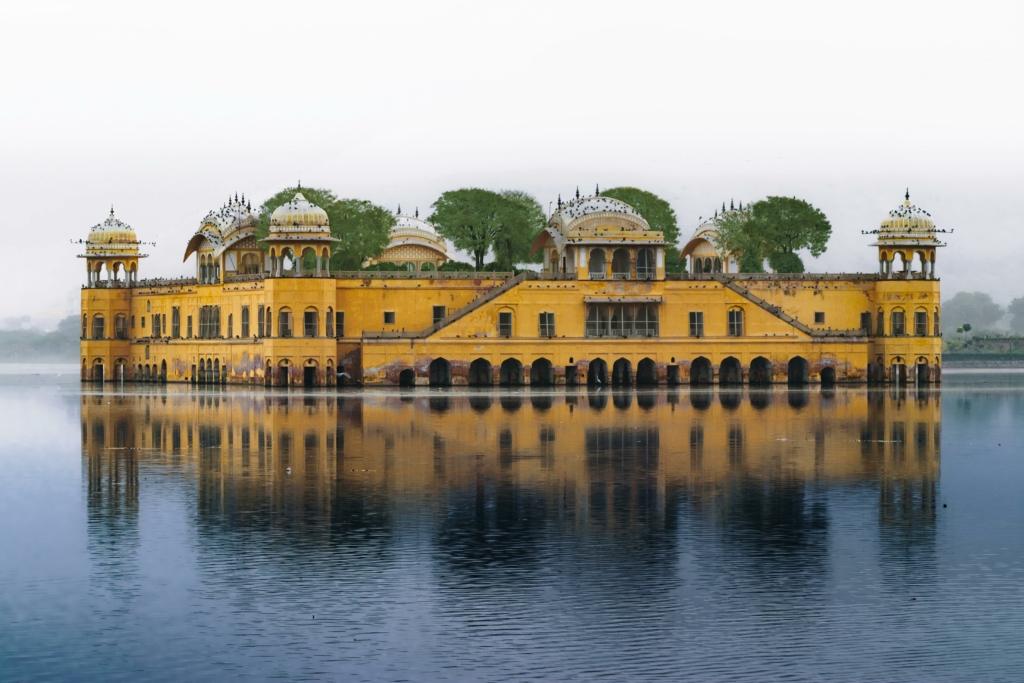
Floating in the middle of Man Sagar Lake, the Jal Mahal Jaipur is one of the most photogenic stops in the city. Although visitors cannot enter the palace itself, winter offers the best opportunity to admire it from the lakeside promenade.
Early mornings often bring migratory birds to the lake, while evenings create postcard-perfect reflections of the lit-up palace in still waters. Built in the 18th century, Jal Mahal was designed as a royal pleasure palace and duck hunting lodge, blending Rajput and Mughal styles with its domed pavilions. Today, it is best enjoyed as a stop on your way to Amber Fort or Nahargarh. In 2025, city authorities are continuing conservation efforts around the lake, so you may also find eco-tours and bird-watching walks available.
Albert Hall Museum & Ram Niwas Garden
The Albert Hall Museum is Jaipur’s oldest museum, housed in a grand Indo-Saracenic building within the Ram Niwas Garden. For culture enthusiasts, winter mornings are perfect for exploring its galleries without the fatigue of summer heat. Inside, you’ll find exhibits ranging from Egyptian mummies to Rajasthani miniatures, tribal jewellery, weapons, and pottery. The museum also regularly hosts seasonal exhibitions, making it worth revisiting if you’ve been before.
Outside, the Ram Niwas Garden offers a refreshing green space with fountains, pathways, and cafés, ideal for a family picnic in winter. The surrounding area also includes a zoo and theatre halls, making it a full half-day experience if you have children. In the evenings, the museum’s facade is lit up, creating a majestic landmark visible from the main road.
Seasonal & Local Experiences in Winter
Hot Air Balloon Rides
One of the most magical things to do in Jaipur in winter is taking a hot air balloon ride. Operators run flights at dawn, when winds are calm and skies clear. From above, you’ll spot Amber Fort, Jal Mahal, Aravalli hills, and villages waking up below. The cool air of winter makes the experience comfortable and highly recommended for couples and families.
Shopping in Bazaars

Ravi Mittal via Pexels
Markets like Johri Bazaar, Tripolia Bazaar, and Bapu Bazaar are at their liveliest in winter evenings. Shop for block-printed textiles, lac bangles, precious stones, and blue pottery. Bargaining is expected, and winter makes strolling the narrow lanes a pleasure rather than a chore.
Folk Performances & Dining
Winter nights in Jaipur are perfect for cultural evenings. Heritage hotels and spaces like Chokhi Dhani host folk dance, puppet shows, and Rajasthani music, often paired with traditional thali dinners. The crisp air adds to the festive feel.
Food Walks & Cooking Classes
Jaipur’s winter treats include hot pyaaz ki kachori, steaming lassi, and sweet gajak made of sesame and jaggery. Join a guided food walk or sign up for a Rajasthani cooking class to learn how to prepare dal baati churma — experiences that combine culture and cuisine.
Wildlife Excursions
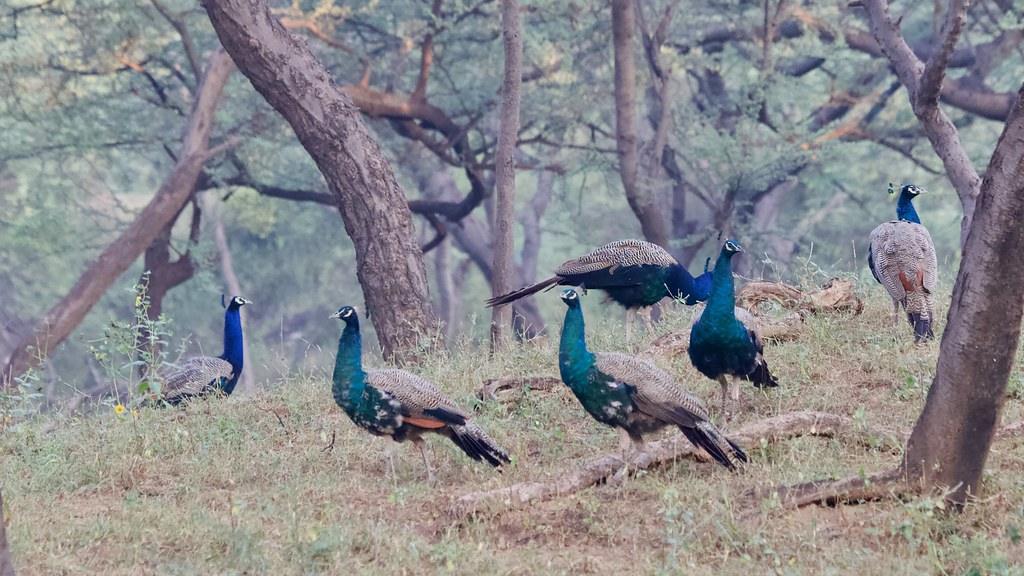
Kandukuru Nagarjun via Flickr
Winter is the best season for a side trip to Ranthambore National Park (tigers) or Jhalana Leopard Safari on Jaipur’s outskirts. Cool weather ensures animals are active, and safaris are less tiring.
Practical Travel Tips
- Carry light woollens; mornings and nights can be cold.
- Book tickets for forts and balloon rides in advance.
- Stay within the old city or near Amer for quick access to top sites.
- Winter is peak season, so plan accommodation early.
- For families, hire a local guide to simplify complex histories.
Where to Stay in Jaipur
After exploring Jaipur’s forts, palaces, and bazaars, choosing the right place to stay can make your winter trip truly memorable. While the city has plenty of hotels, many travellers now prefer the privacy, space, and personalised charm of luxury villas. Staying in a villa lets you enjoy Jaipur at your own pace — whether it’s sipping morning tea in a sunlit courtyard, gathering with friends around a bonfire on a chilly evening, or planning a royal-style celebration. Families appreciate the comfort of multiple bedrooms and private lawns, couples love the exclusivity, and groups of friends find villas perfect for creating their own festive atmosphere.
The Rose Gold
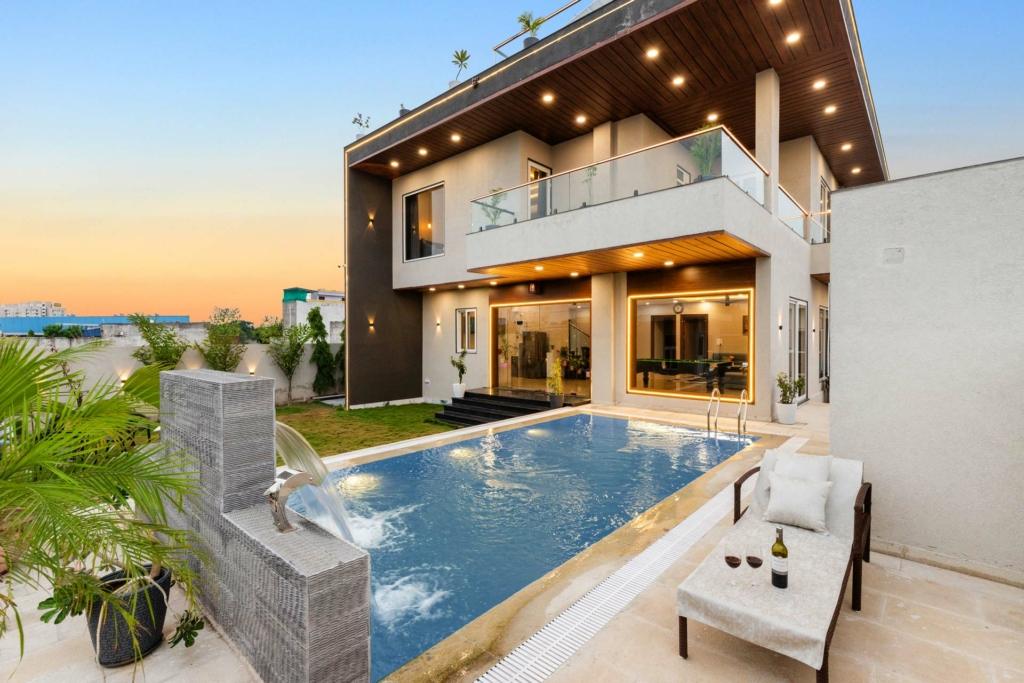

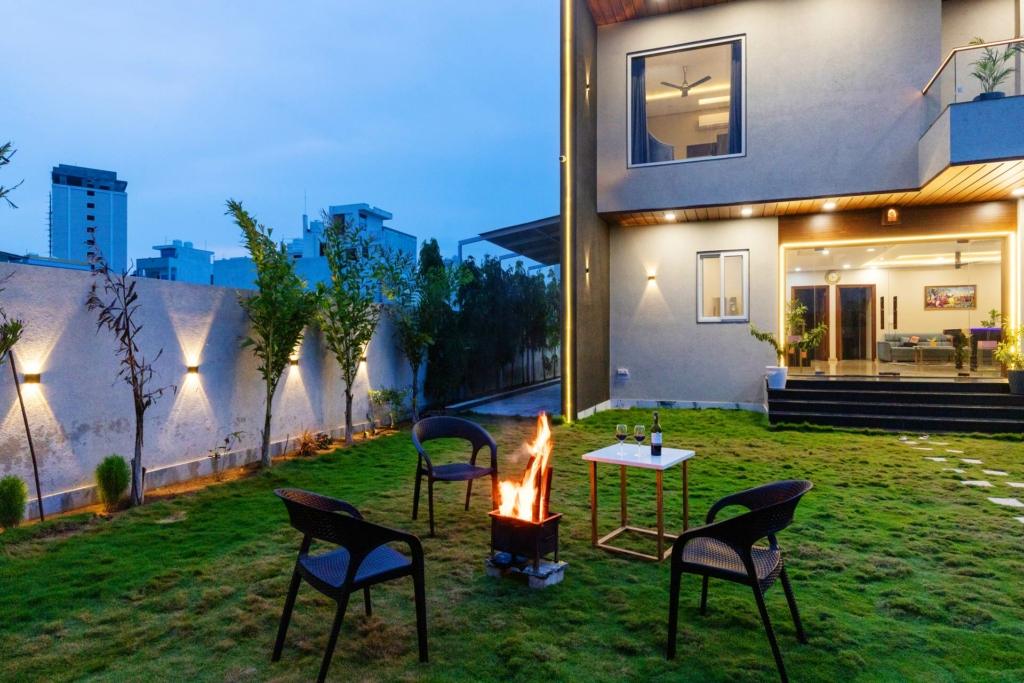
La Villa Farm
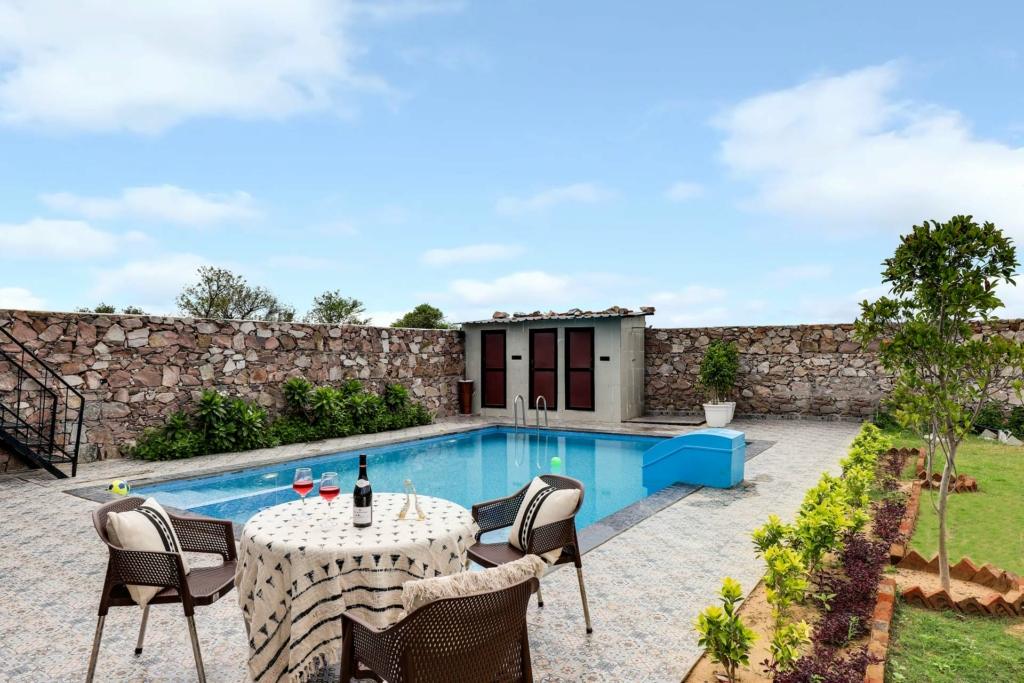
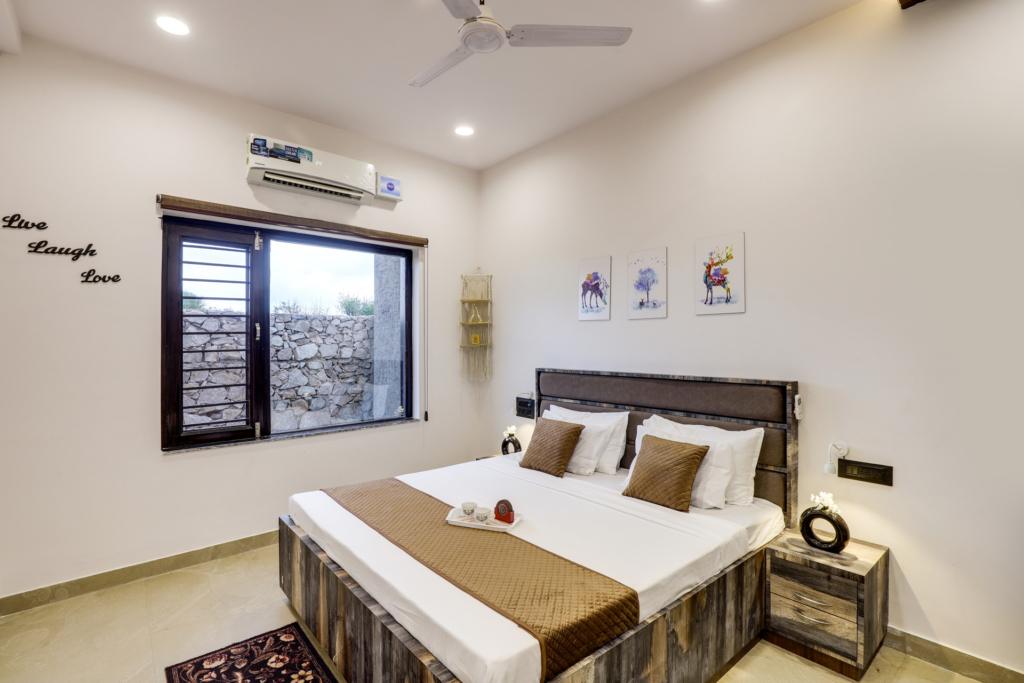
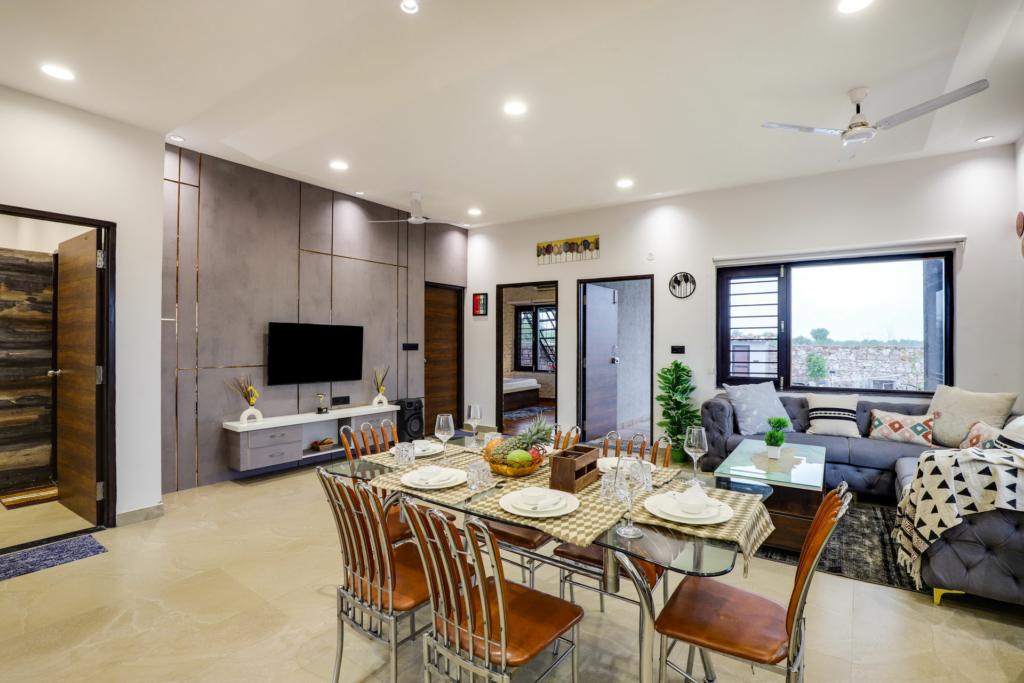
The Owl House
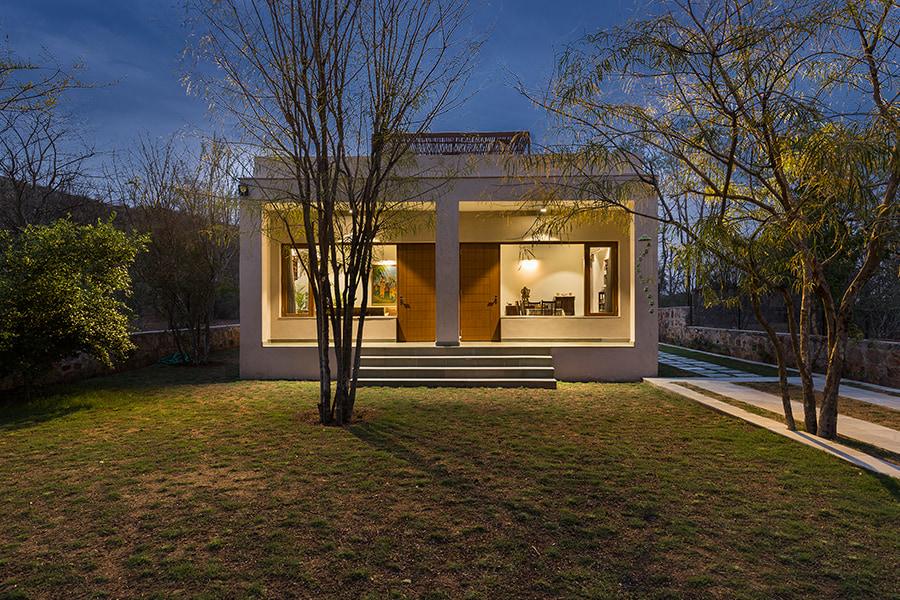
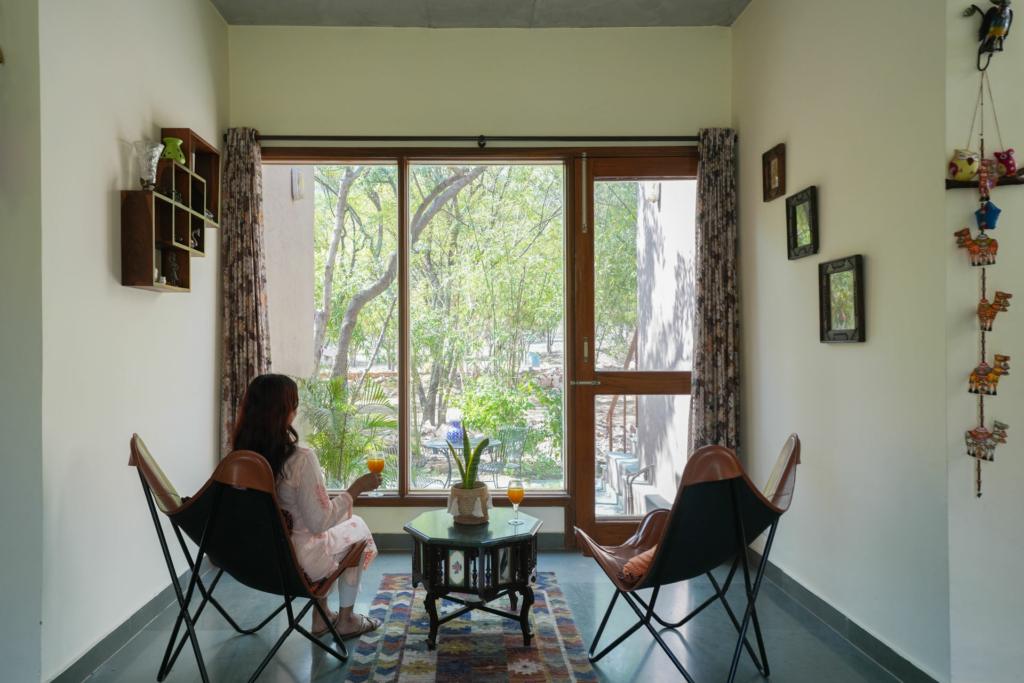

The Tree House
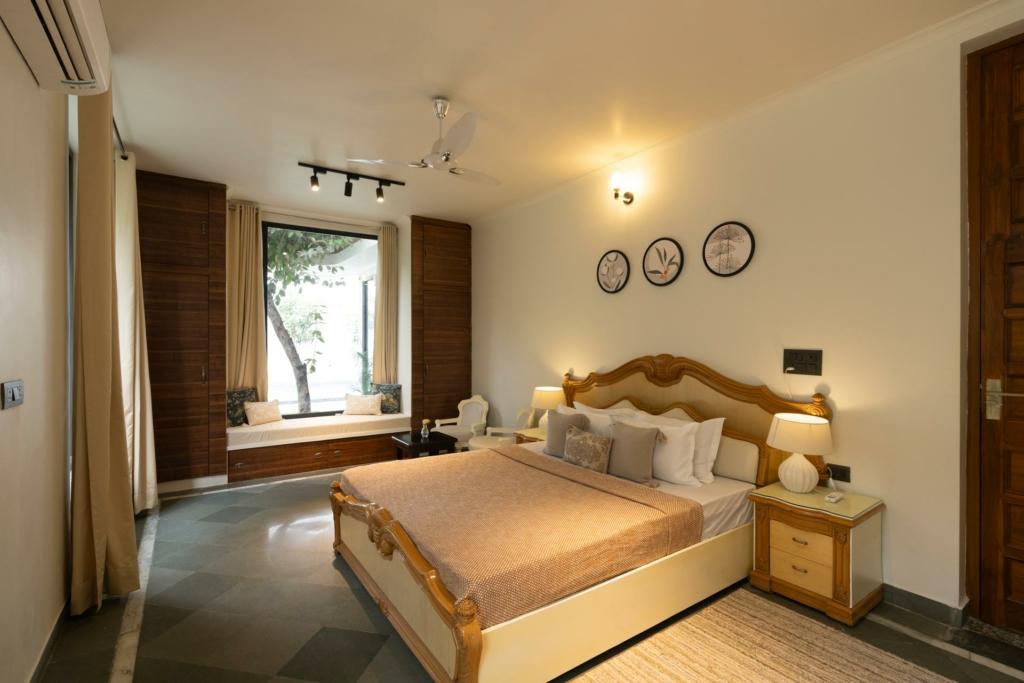
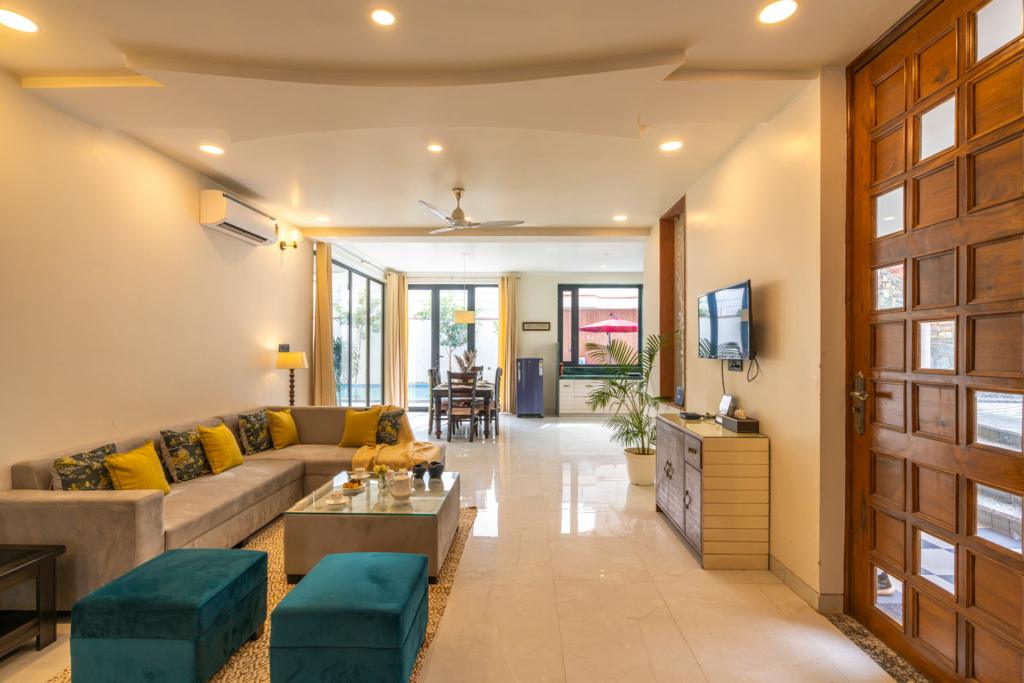
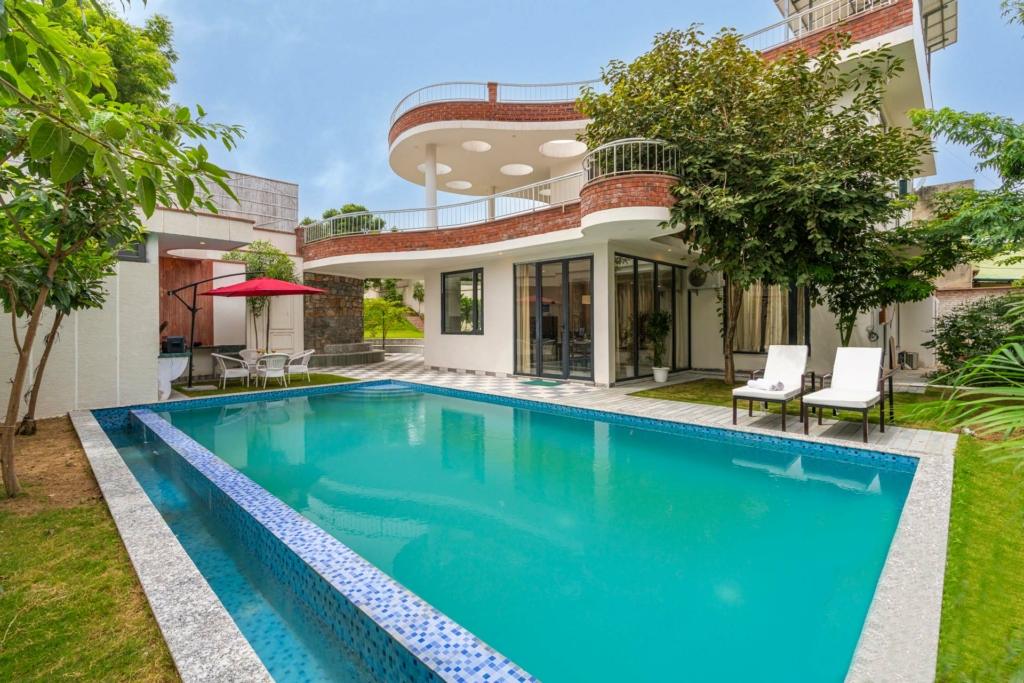
You could also extend your trip to Rajasthan and head to Udaipur for some extended peace. While you’re here, stay at some of the best villas in Udaipur such as:
Panna Garh, Udaipur

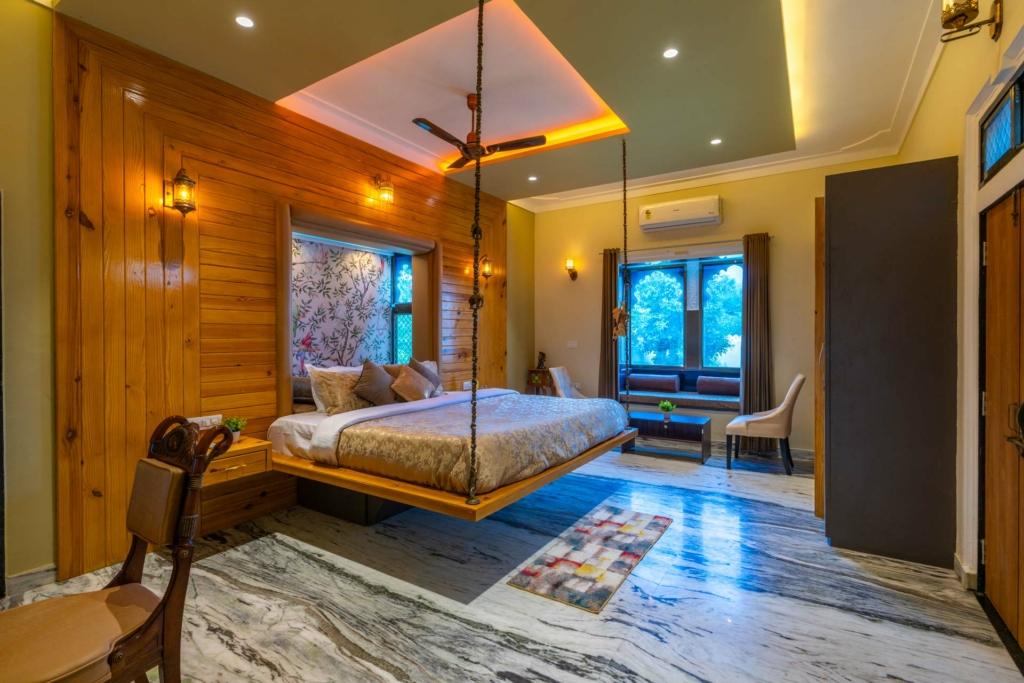
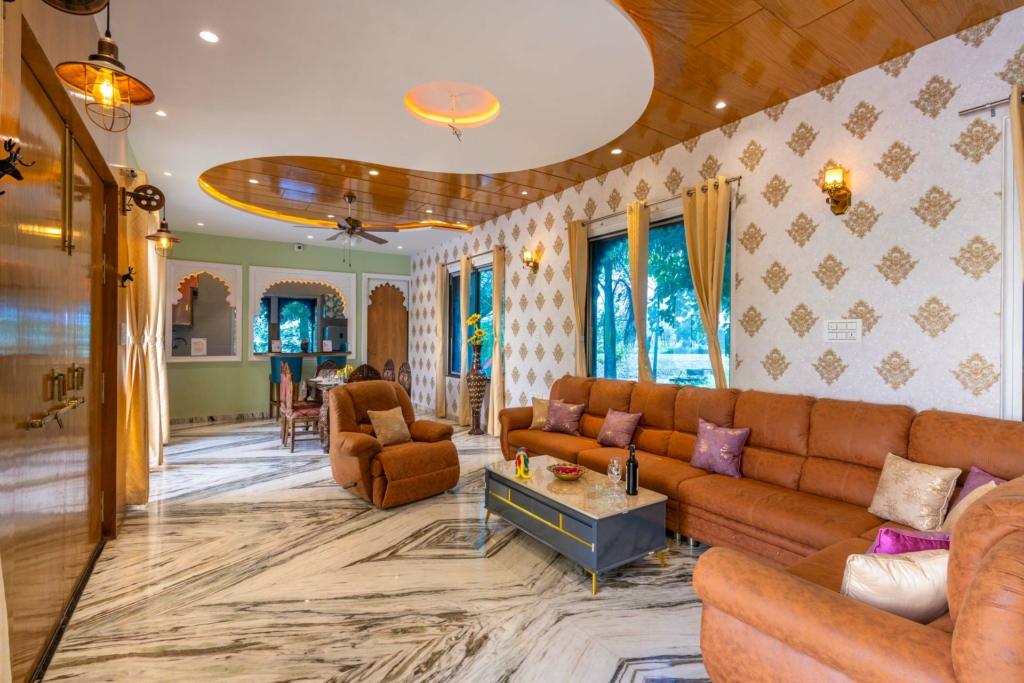
Udaikot
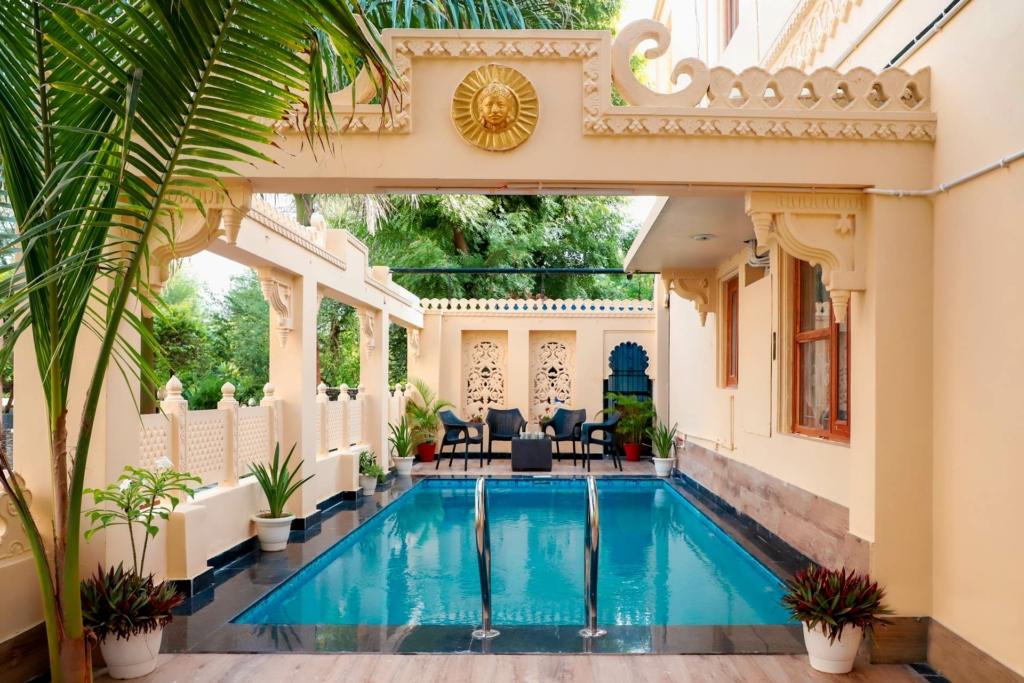
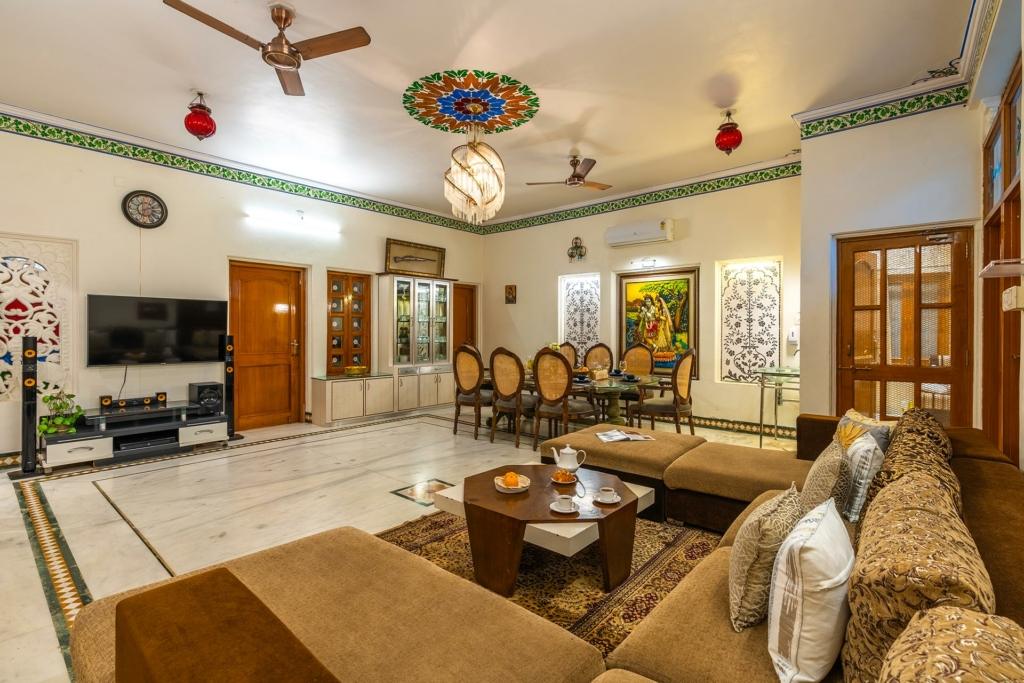
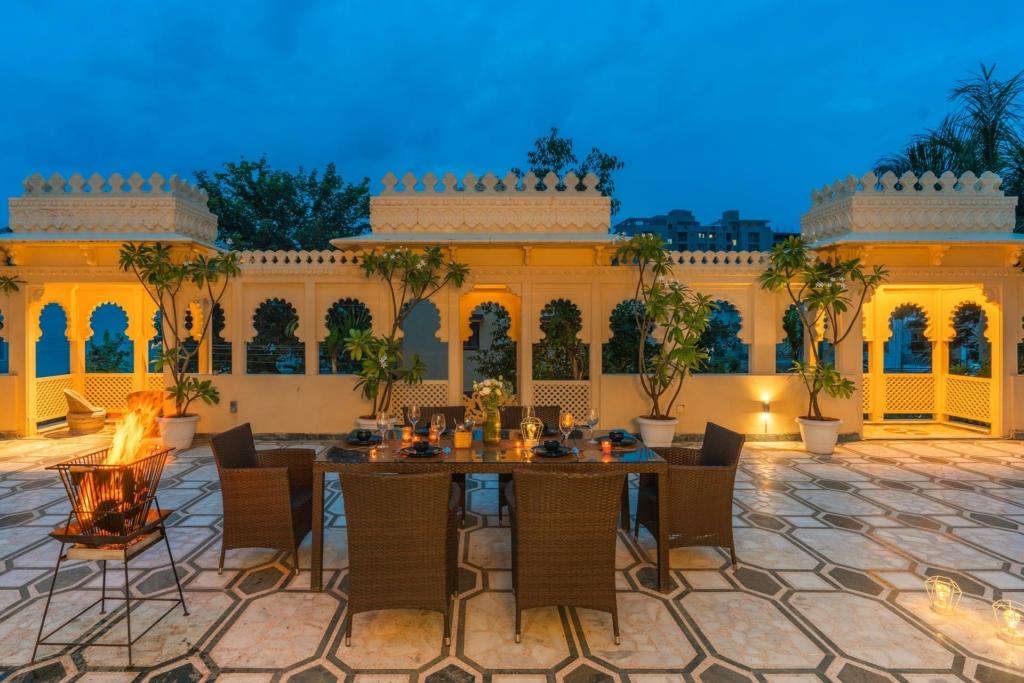
Winter is without doubt the best time to experience Jaipur. From exploring majestic forts like Amber Fort and Nahargarh to admiring the elegance of Hawa Mahal and City Palace, every landmark feels more inviting in the crisp air. Add to that vibrant bazaars, cultural evenings, seasonal treats, and the comfort of staying in private villas, and you have the perfect recipe for an unforgettable holiday. Whether you’re planning a family getaway, a romantic escape, or a fun trip with friends, Jaipur in winter 2025 promises history, colour, and warmth in every corner.
Cover Image Credits: Mohammad Abbasi via Pexels



